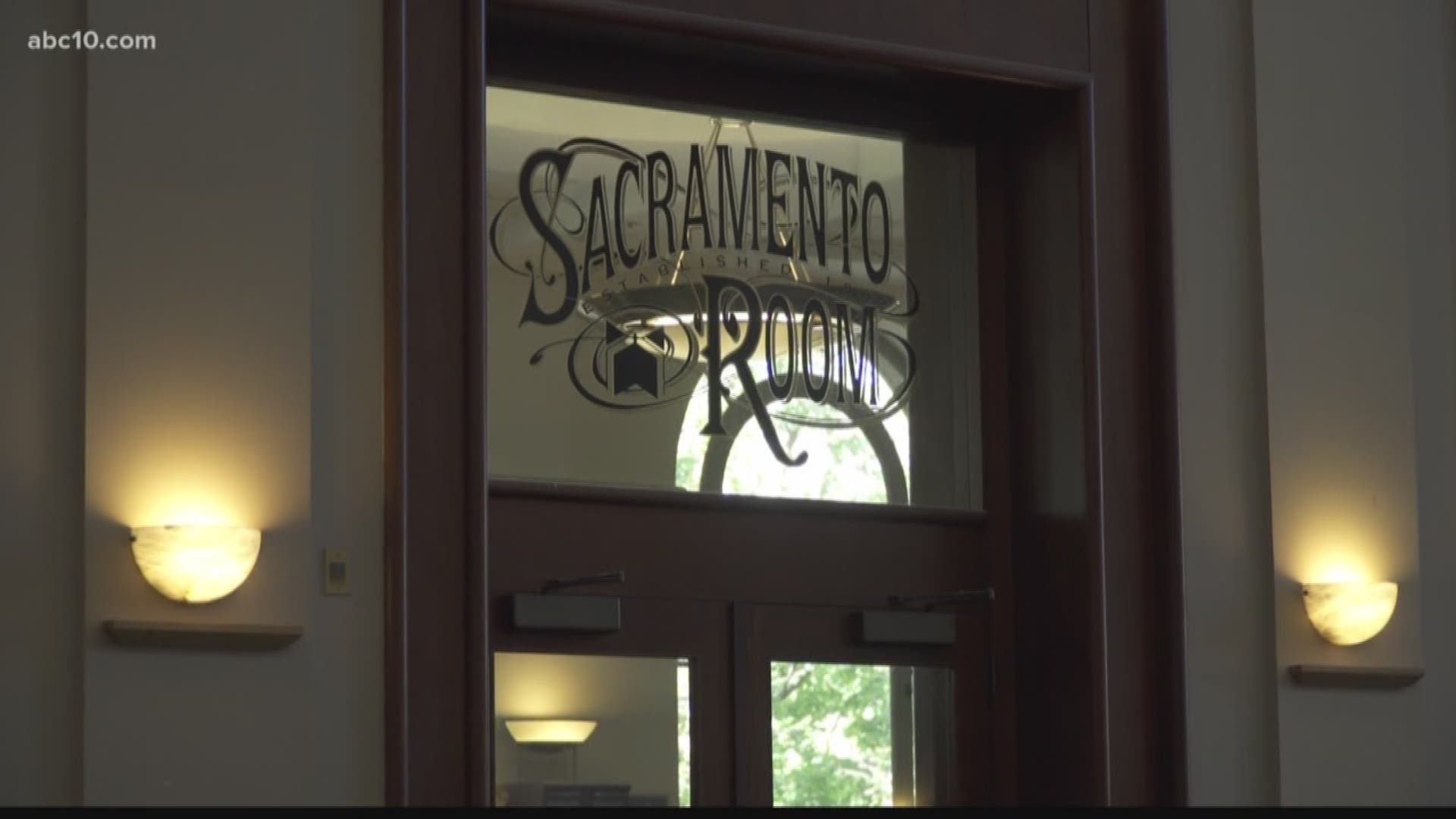The modern library has become far more than a center for books and reading. Although these elements may remain the archetype of the library for years to come, the modern library has nonetheless taken strides to adapt to the 21st century needs of their communities.
Sacramento’s libraries provide a wide array of resources and technology to the community, and even smaller libraries such as those in Stanislaus County are adapting to the needs of their community as they attempt to re-envision their local libraries with more meeting spaces and seating.
The modern library can be critical to an educated workforce and to a fulfilled community.
1. The library offers a place for communities to gather
The traditional view of the library is one where the walls and aisles are covered with books, literature, and people reading or studying in silence. However, while this can still remain true today, the modern library is making efficient use of space. Libraries have the ability to provide a sense of place and to provide space itself for community members.
Areas like the Sacramento Public Library provides space for community meetings like book clubs, story time for toddlers, movie nights, writer’s club for teens, and other community gatherings.
The public library in Rancho Cordova even has a Veterans Resource Station where volunteers can connect vets to their benefits.
2. Libraries provide technology to the local community.
Electronic resources at libraries continue to expand as many modern libraries offer the use of computers, self-service kiosks, and free Wi-Fi. These features provide opportunities for online resources for students or individuals who may not otherwise have the means to access them.
Other electronic resources include special events where children can learn about 3-D printing and learn how to properly use their electronics. According to the American Library Association, 90 percent of libraries help patrons with basic internet skills.
3. Libraries help provide an educated workforce
“These investments by Governor Brown help libraries do an even better job of connecting Californians to what they need to thrive,” said Greg Lucas, California’s state librarian in a January statement. “Every dollar spent improving public libraries returns four or five times the initial amount in social and economic benefit. And that’s particularly true of the literacy programs making stronger readers out of more Californians.”
According to the American Library Association, 73 percent of public libraries assist patrons with job applications and interview skills, 68 percent help patrons with databases for career openings, and 48 percent provide can assist entrepreneurs with online business information resources.
Libraries can also provide summer reading programs and homework assistance for kids.
4. Millennials and other generations still see value in the library
According to the Pew Research Center, millennials are more likely to have visited a public library in the past year than other adult generations.
53 percent of Millennials said they had been to a library or bookmobile in the past 12 months, according to the 2017 analysis.
Pew Research Center attributes that the library use might be due to the changes public libraries have experienced.
Their previous research showed that people often used computers and internet connections at libraries and interest in meeting spaces, programs for young children, and opportunities to explore technology, like 3-D printers.
In Stanislaus County, the library saw 2,337,754 customers visit their 13 libraries in the 2016-2017 year. There were also around 174,000 computer sessions, 150,000 wireless logins, and 108,193 people who attend their library programs.
5. The cost to taxpayers for some libraries can be as low as $1.38 per month
Libraries are not entirely free. Local communities pay for these services through their tax dollars.
These local dollars are often derived from taxes and general fund contributions. For the Sacramento Public Library, 55.1 percent comes from county property taxes, 21.9 percent from the general fund, 17.6 percent from parcel taxes in the City of Sacramento, and the final 5.4 percent comes from fines and fees.
In other areas like Stanislaus County, community members passed a tax to support their library. This library tax has been passed a total of five times since 1995. The most recent passage saw the 1/8 cent tax put into place for a period of 12 years.
That 1/8 cent tax provides about 89 percent of the library’s revenue. The total cost to the average Stanislaus County resident was $1.38 per month, or $16.51 per year, according to the Stanislaus County Library.

